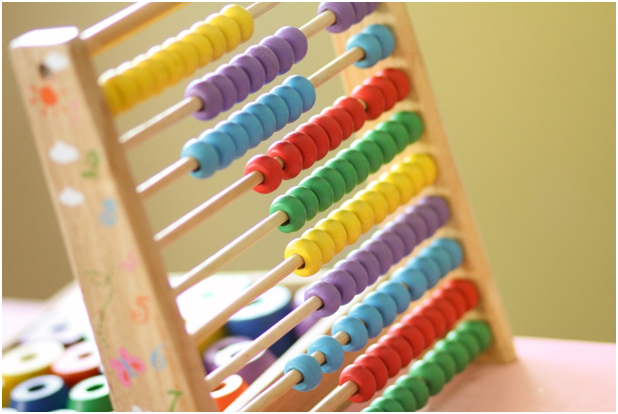6 Easy Ways To Make Math Lessons Fun For Kids
A majority of children complain to their parents that they are incredibly bored with mathematics lessons. They do not understand why they have to learn a stack of formulas and how they can come in handy in real life. That's why I've prepared 6 ways that will help diversify the lesson of mathematics and interest the student.
1. Fill the lesson with a sense
Most of the math lessons in school suffer from the following moments:
1. Sometimes, teachers themselves cannot explain why they teach certain topics to students. So, it is difficult for teachers to see the connection of mathematics with other subjects of the school curriculum.2. As a result, the students also do not understand why they are studying these topics. A common question that they ask themselves: "Why should I teach this?" It makes sense. Do you have a good answer to it, instead of the usual "It will be on the exam" or even worse - "Because you need it"?
There are several possible options to fix this:
- Show the student the practical importance of mathematics. Explain how he can solve real life problems using the knowledge gained in your lessons.
- Get familiar with the curriculum for other school subjects. After that, you will be able to use in the lessons examples that are understandable and interesting to your students.
2. Start with an interesting, real problem
Most math lessons start like this: "Here's a new formula for today's lesson, that's how you need to insert numbers, that's the right answer."
The problem is that in this approach there is not even an attempt to motivate the student.
It will be great if you encourage students' interest. Use presentations, training videos and other aids. Look for interesting information on the Internet and use it in the classroom.
One can propose the following theme: The largest telescope in the world was built in China. What to do in the lesson: find the area of the 500-meter telescope, discuss how the construction of the telescope affected the environment, and decide what areas were cut down for the construction of the telescope.
3. Creativity and control over the situation
I believe that mathematics is an extremely interesting science, for the development of which a living and open mind is needed. It is not necessary to reduce the work in the lesson to memorizing formulas and monotonous solutions of the same tasks on the finished algorithm.
We are all creative and like to be like that, but in most schools, creativity is not encouraged (see a great video from TED Talks, Ken Robinson: Do schools kill creativity?).
There are many ways to encourage the creativity of students in the lessons of mathematics. Use new technologies to describe mathematical concepts: prepare an animation, diagrams or interesting infographics. Create something yourself or find it on the Internet. Give the students individual tasks that involve creative thinking and help them feel confident in their abilities.
4. Ask more interesting questions
For many students, mathematical questions are most often associated with tasks in the textbook. The task for them looks like a long sentence: "Here is the task in words. Take the numbers, substitute them in the formula, make the calculation and go to the next task. "
An interesting description of the task will necessarily catch the attention of the students. This task will cause more emotion than the usual question from the book. Imagine that you are jumping with a parachute. What will the graph of your speed look like depending on the time, from the moment of the jump from the airplane to the final speed?
When students are accustomed to solving similar problems, they themselves will start to invent interesting examples from life, related to the calculation of the formulas already studied.
5. Let the students compose their own questions.
Students understand more when they need to come up with their own questions.
You can divide the class into 2-4 groups. Each group should form a block of questions for the test work. At the lesson, the kids exchange sets of tasks and solve them. If one of the members made a mistake or a prepared task, it is possible to disassemble it at the lesson, why it happened: what was wrong with the component that would confuse him or her.
6. Projects
The most effective way to interact with students is to give them the opportunity to do something themselves. Help the students to see the mathematics around themselves: in the things that surround them, in natural phenomena and processes. You can use modern teaching tools that will help you show students of different ages how interesting math is.
. Here are just a few ideas:
- Construct Lego-Robots
- Create visual presentations on the GeoGebra website
- Create a dynamic presentation in Prezi
School lessons are the way to the heights of knowledge, the process of improvement and intellectual growth of the student. Each of them causes disturbing children's consciousness of thought and incredible discoveries or hopeless boredom and dangerous laziness. And how valuable and interesting will be time spent by the student at the school desk mostly depends on the efforts of the teacher.
About the author: Richard D. Eddington is a math tutor in Singapore. Writing is his hobby. In addition, he has a wide range of interests so he likes to share personal experience, researches, and thoughts.
Search Internet4Classrooms








